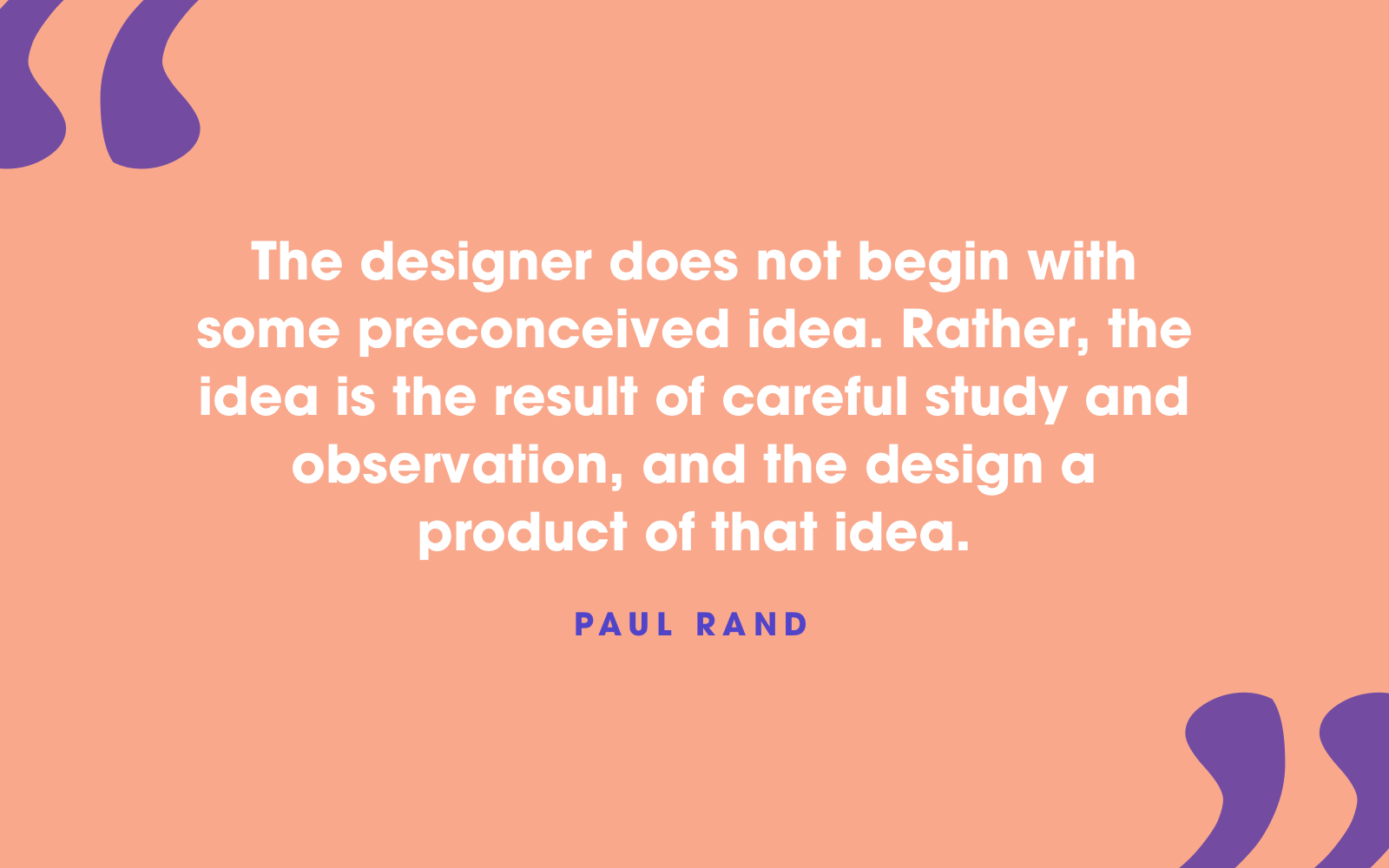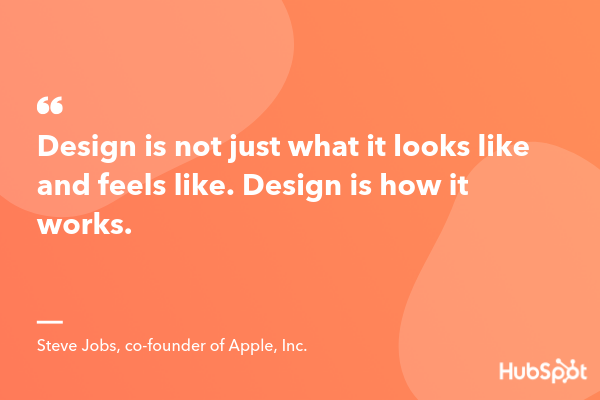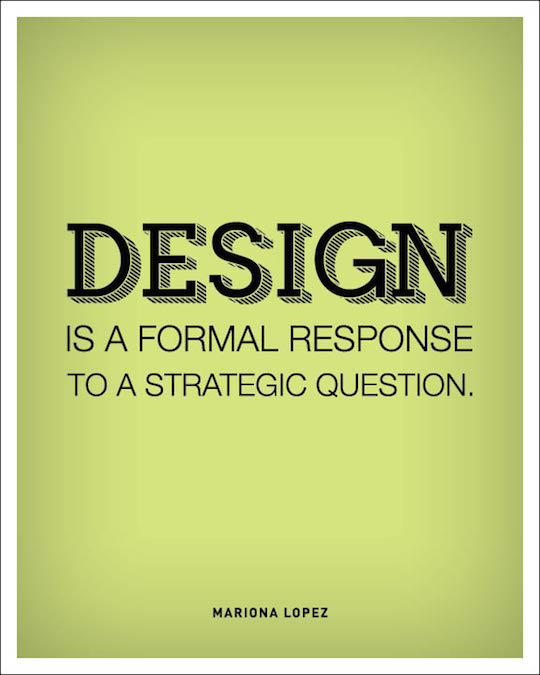Informing the Design of Digital Badges in Higher Ed Settings

The basic principles of instructional design resonate not only across learning environments but across delivery systems as well; this is no different in the realm of mobile learning, where design itself lay digitally camouflaged amid seamless experience and ubiquitous technology. Scaffolding mobile learning landscapes with integrated programs that MATTER to the learner, therefore, becomes an increasingly challenging task. While digital badging possesses great potential to enrich the learning environment of hybrid post-secondary courses, developing a meaningful initiative – even within an existing course LMS – will require careful attention to design elements that translate well from theory into practice.

A recent study by Morris et al. (2019) initiated two experiments with undergraduates to determine whether digital badging influenced self-regulated learning in a low-stakes situation (an extra credit opportunity within a credit-bearing course) and in a high-stakes situation (assigned pre-/post-tests and unit quizzes in a credit-bearing course). After deploying badging opportunities through implementation to student groups within these two learning contexts, the researchers found that neither experiment initiated “significant learning gains” in comparison to the non-badging control groups; further, “…the lack of effects of goal setting suggest that the issue might be due to scaling an intervention, rather than the intervention itself. A more conservative interpretation is that … results suggest that the successful inclusion of badges in courses might require considerable effort in design and implementation. Stated differently, badges may not produce beneficial effects by merely being added to a course; significant thought and effort is being put into designing courses with badges in mind” (Morris et al, 2019). These findings suggest that, while the particular digital badging initiatives in these instances did no harm, careful design considerations must be employed in order to ensure that the micro-credentialing efforts deepen learners’ experiences with course content rather than simply function as tokens of task accomplishment.

In a similar vein, Kyewski and Kramer (2018) studied the effects of gamification (specifically, digital badging) on German undergraduate students’ performance and motivation within an e-learning course. Their findings show “…that badges have less impact on motivation and performance than is commonly assumed. Independent of condition, students’ intrinsic motivation decreased over time” (Kyewski and Kramer, p. 25). Prior to conducting the study, the researchers set forth a number of reasonable hypotheses regarding participants to include these assumptions:
- Intrinsic motivation will increase when receiving badges for accomplishments;
- Intrinsic motivation of low-motivation participants will increase with badging, while intrinsic motivation of high-motivation participants will decrease with badging;
- Students in the badge conditions will participate more actively in the course than students in the non-badging group;
- Students in the badge conditions will show better (measurable) performance than students in the non-badging control group;
- Students who see their own and others’ badges will be more active than those who can only see their own badges; and
- Students who see their own and others’ badges will show better (measurable) performance than those who can only see their own badges (Kyewski and Kramer, pp. 25-27).
Through the collection of both qualitative data (student self-reporting) and quantitative measures (grades. activity, quiz results), the team concluded that none of their hypotheses were supported. While these findings may appear troubling, Kyewski and Kramer offer this caveat:
“Despite the rather large number of null results, we believe that this study helps to point out important aspects regarding gamification. We strongly believe that more evaluations of badges are required. Studies on cooperative, individualistic and randomly awarded badges should be conducted in order to reveal influences of badges on students’ motivation, activity, and performance in a more comprehensive way. With regard to answering the question of whether to gamify or not to gamify, we can draw the preliminary conclusion that although we were unable to show that badges help to motivate, foster activity and increase learning results, they certainly also do not hinder these processes – especially when participants only see their own badges” (p. 36).

Considering the findings of the Morris et al. (2019) study and the Kyewski and Kramer (2018) study, moving forward with a digital badging initiative appears a more intricate endeavor from a design perspective than one might perceive when considering that final product. After all, digital badges themselves are simply graphic representations of accomplished tasks. Right? … While the token itself may be novel, the infrastructure of that token economy must be held in place by a solid theoretical foundation. Dumford and Miller (2018) explored engagement practices among college students enrolled in online courses and identified both advantages (greater quantitative reasoning) and disadvantages (fewer collaborative efforts and lower interactivity) in online environments; not only do their findings lend themselves to mobile learning principles, they also hold profound relevance for my specific learning environment wherein in vivo classes are scaffolded by an online LMS (through which I propose a digital badging literacy initiative): “With the proliferation of online learning in higher education, there is an increased need to understand the engagement and gains of students who only have an opportunity for an online atmosphere. While there may be some benefits of online learning in the realm of engagement, it seems that there are also some sacrifices online learners make when it comes to an engaging educational experience. These findings open the door to more inquiry. Further research might look at particular online tools and techniques, both general and discipline-specific, which lead to these different types of engagement and learning in order to improve education for online learners” (Dumford and Miller, p. 462). I believe digital badging is one of those “particular online tools” that, when implemented properly and thoughtfully, can add a greater sense of meaning and depth to learner experience. Design – when it comes to digital badging – really IS everything. (Wish me luck!)

References:
Dumford, A.D. and Miller, A.L. J (2018). Online learning in higher education: Exploring advantages and disadvantages for engagement. Journal of Computing in Higher Education 30: 452-465.
Kyewski, E. and Krämer, N.C. (2018). To gamify or not to gamify? An experimental field study of the influence of badges on motivation, activity, and performance in an online learning course. Computers & Education 118: 25–37.
Morris. B.J., Dragovich, C., Todaro, R., Balci, S. and Dalton, E. (2019). Comparing badges and learning goals in low‑ and high‑stakes learning contexts. Journal of Computing in Higher Education https://doi.org/10.1007/s12528-019-09228-9.


Crystal, a wonderful, if suspenseful final blog entry! It’s interesting to me that we choose our design idea before we know the outcome of previous design/research projects. Digital badging I think is a really interesting tool that has motivated me when playing video games and in some online training. It’s hard for me to even put my finger on why certain badges motivate me more than others. Sometimes I only need to put in a little more work to achieve one (scoring one question higher on a re-test), or I’m only a few badges away from completing them all and it’s not time-consuming to complete the set.
I can see how in some of these studies why it’s so difficult to produce better learning outcomes through the addition of digital badges, but at the same time, borrowing elements from video games, a medium that our society is increasingly aware of and engaged with, has to lead to positive results in education as well. I think badges aren’t going to make learning certain subjects more fun, so it’s more of trying to figure out through surveys or interviews what appealed to them about these badges and what did not. Educational researchers may be experts in pedagogy, but badges and the underlying activities that support them have to be fun and engaging for the user to want to pursue in the first place.
I know from my perspective, if there were extra credit opportunities based on the number of badges earned or, if a student completed the full set they could get a break on the final paper/project, that would give me the motivation to complete the activities (and learn all the necessary material, to begin with!) and earn the badges.
It’s been an absolute pleasure to read your work this semester, Crystal! Best of luck on your final project!
Hi Crystal!
Thank you for this very thought provoking post. Before I make my comments allow me to express my appreciation for your very consistent use of format that integrates quotes from experts. And this weeks opening quote from Paul Rand is no exception. I also appreciate your use of terminologies that are very “LDT”! As a nurse who is just accustomed to hearing medical terminologies, your terms and ideas enriched my LDT experience this semester. Thank you for that.
I believe that you hit the nail on the spot when you said this in your post :”careful design considerations must be employed in order to ensure that the micro-credentialing efforts deepen learners’ experiences with course content rather than simply function as tokens of task accomplishment.” To me the token becomes more meaningful if the content addressed what the learners need. Simply put, teaching and learning is not just about the destination (finishing the course), it is more about the journey (how concepts are understood and applied to projects.)
Thus in order to make micro-credentialing a motivating faction as it is thought and envisioned to be, I have to repeat your final statement that “Design – when it comes to digital badging – really IS everything. “